Table of Contents
Storyboard Sizes
Storyboard sizes and their form are essential, and while there is no one standard size and shape for all storyboards, you will still need to relate the aspect ratio to the dimension of your media. No matter the method of presentation you select, having a specialized storyboard template on your side will surely add efficiency and quality to your pitch.
Download the Storyboard Size Infographic
File Format:
Storyboard Sizes Standard
Since storyboards are versatile, there is also flexibility in terms of their sizing. You will need to plan on which medium you will be utilizing so that they can fit best together. For your benefit, these are the standard sizes:
A3
An A3-sized storyboard is 11-3/4 by 16-1/2 inches or 297 by 420 mm and is an alternative for storyboard users who want a larger canvas.
Letter
A letter-sized storyboard is 8.5 by 11 inches or 215.9 by 279.4 mm, the same as the A4 paper size used in most other countries.
Legal
As an alternative to letter paper, the legal paper dimensions in America are 8.5 by 11.75 inches or 216 by 356mm.
Storyboard Sizes for Digital – Social Media
TV
The first films were shown in a 4:3 aspect ratio, and until the arrival of widescreen HDTV, this was the conventional aspect ratio for standard-definition television sets. Today, the 4:3 or 1.33:1 aspect ratio is mainly used for aesthetic purposes, such as recreating a manner of filmmaking before widescreen became the standard.
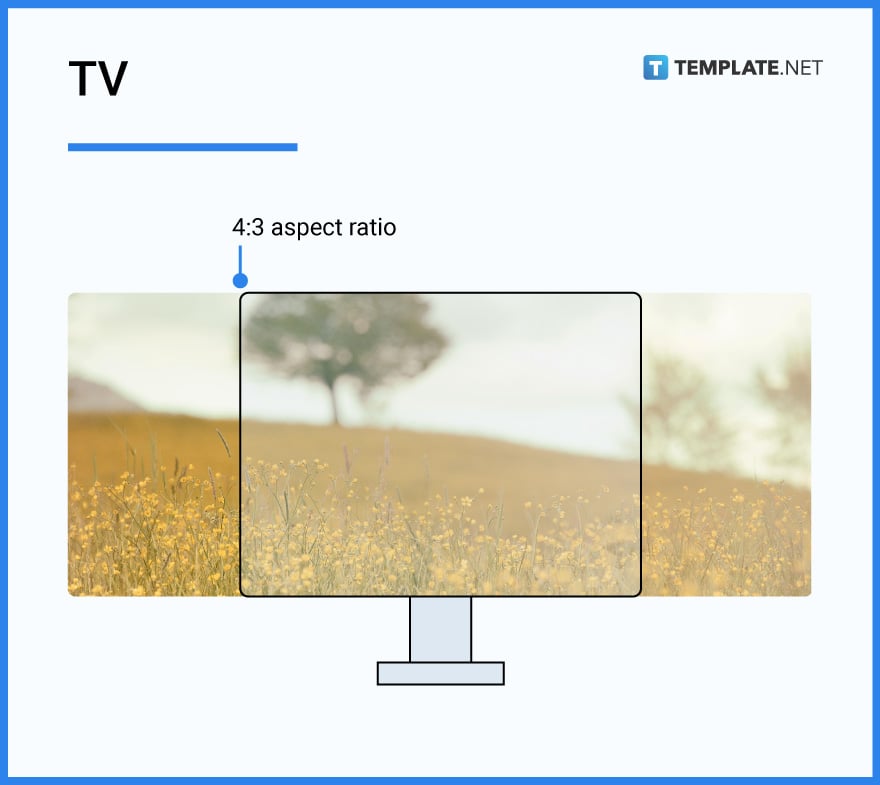
HDTV
The most common aspect ratio used today is 16:9, the typical size for high-definition widescreen televisions and most computer displays. Because film aspect ratios are typically wider to generate a more cinematic effect, it is commonly connected with a video filmed for TV and the Internet.
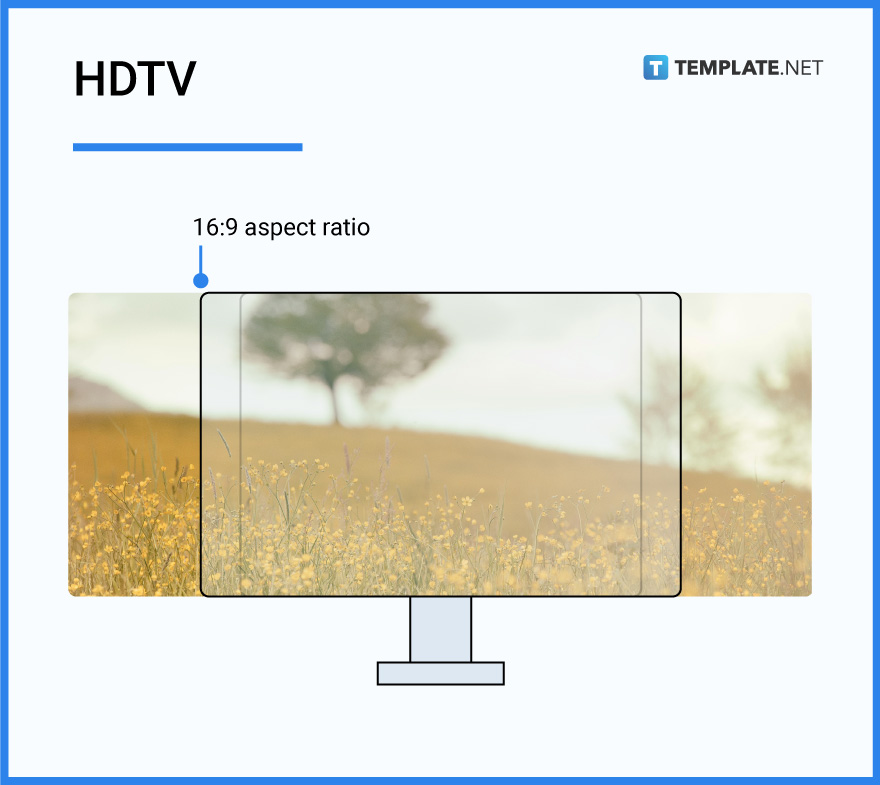
Standard Widescreen
Since the 1.85:1 video is slightly wider than the 16:9 content, it will appear with thin black bars on the top and bottom of the screen when viewed on widescreen TVs and computer displays. Though this is the most frequent ratio for feature films, many TV shows attempting to achieve a cinematic appearance also shoot in 1.85:1.
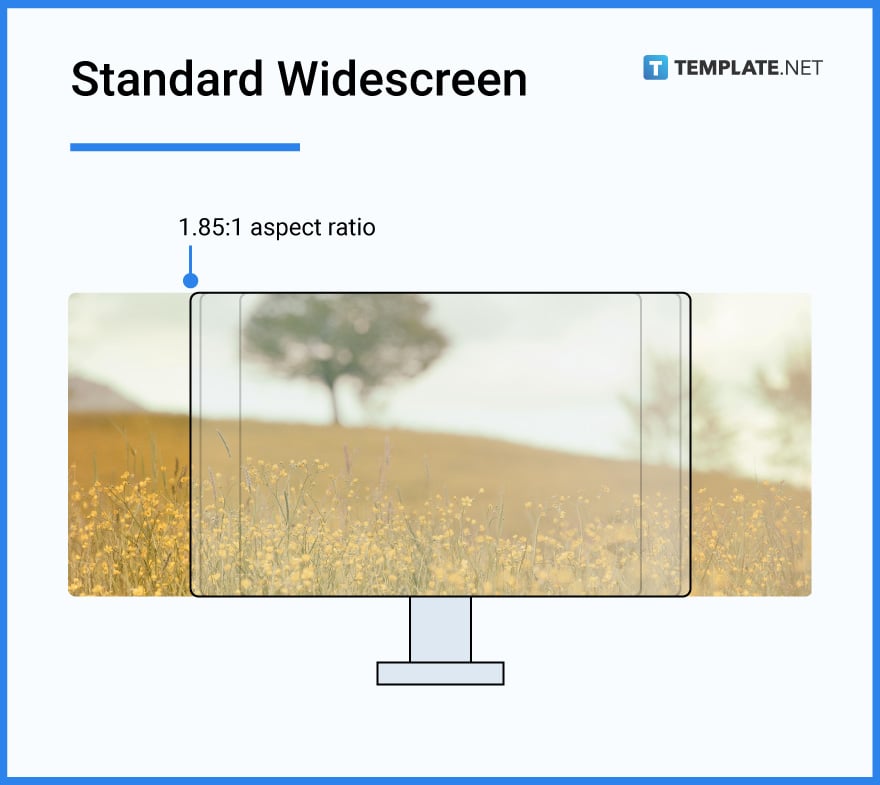
Anamorphic
Anamorphic is the most prevalent aspect ratio in contemporary film. It produces an aesthetic typically associated with high-end dramatic feature films, and its broad field of view makes it ideal for filming magnificent vistas. It has a 2.39:1 aspect ratio.
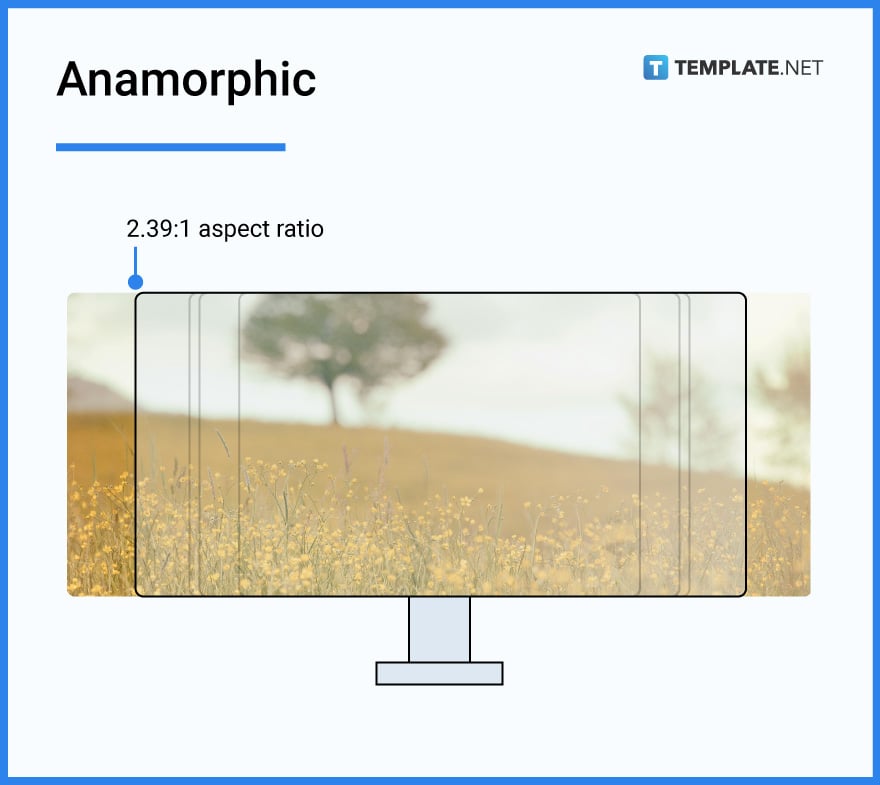
IMAX
The 2.76:1 or 70mm aspect ratio gained popularity in the late 1950s, but it progressively slipped out of use. As it is frequently shown on IMAX screens, the 70mm aspect ratio gives spectators a one-of-a-kind experience that cannot be replicated on their respective home TV.

Storyboard Sizes for Print
The standard storyboard sizes for print are A3 (11-3/4 by 16-1/2 inches or 297 by 420 mm), Letter (8.5 by 11 inches or 215.9 by 279.4 mm), and Legal (8.5 by 11.75 inches or 216 by 356mm). Since one page is not enough for a storyboard, primarily for animations or feature films, storyboard writers or artists often keep their printed storyboards in an organizer manner through a well-protected envelope or binder.
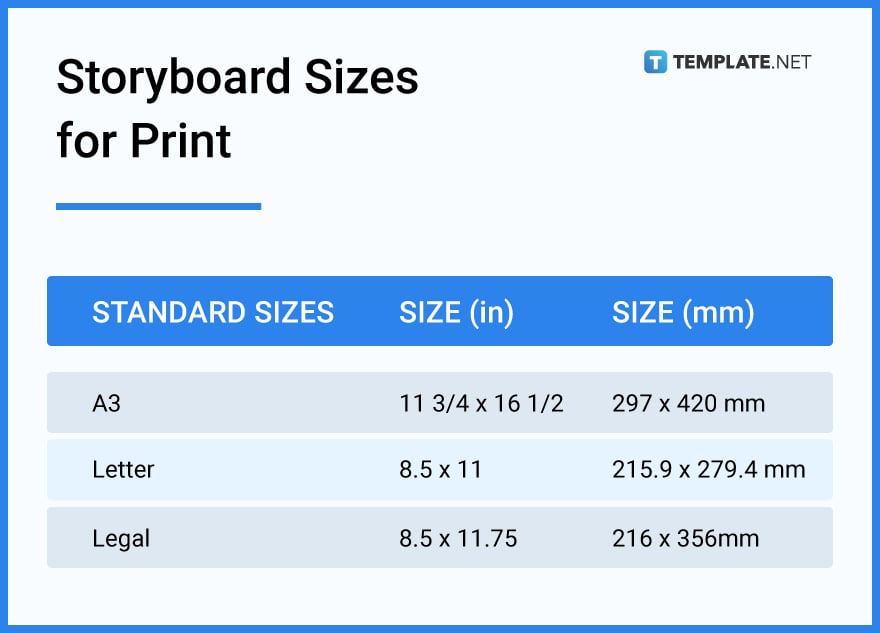
Storyboard Sizes for Email
Sending a storyboard through email would need to be limited to a specific digital size since email carriers have a limit. Storyboards may exceed in size as there will be a need to produce numerous pages. Films alone with important shots require more than three pages, but it does not stop there; animation may require more panels to be filled in, which corresponds to an even larger digital size for a storyboard. Upon sending the email of the file, you should keep in mind not to exceed 25 MB.
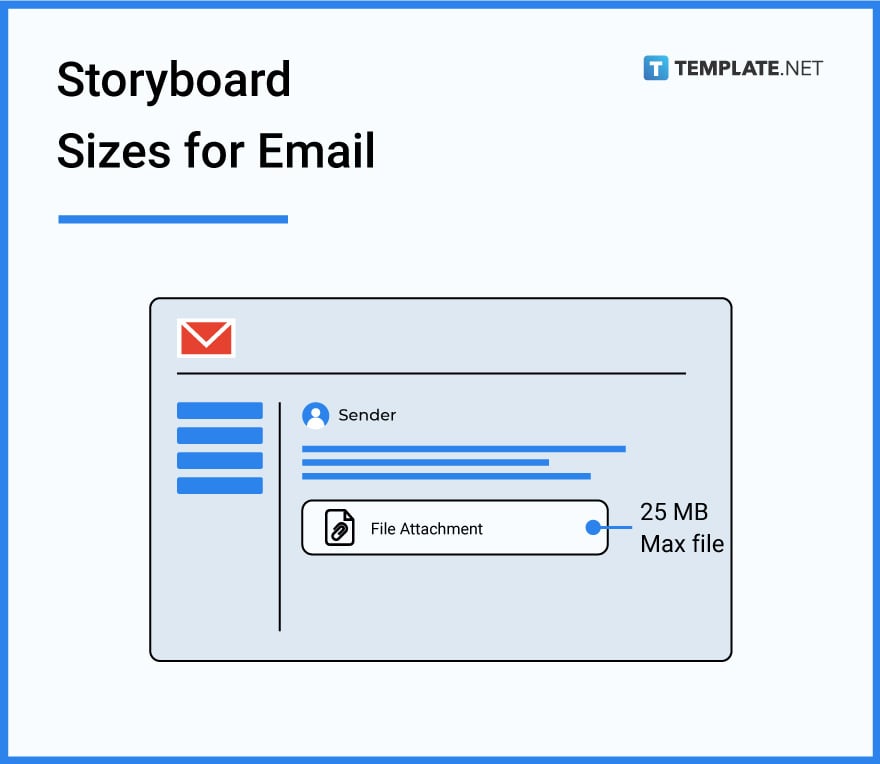
Storyboard Sizes for Business
Corporate films come in various formats and sizes, which would mean you have other details to determine before planning the storyboard sizing for your business use. Before constructing a storyboard, examine the film’s aim and where it will be presented. A standard size to use is the letter page or 8.5 by 11 inches or 215.9 by 279.4 mm.

Storyboard Sizes for Adobe Photoshop
Due to layering, creating storyboards in Photoshop may be difficult. You must know how to make a storyboard in Photoshop if you want to construct their storyboard in Photoshop. The most typical resolution for animation-related storyboards is 1080 × 720, with the desired aspect ratio of 16:9.
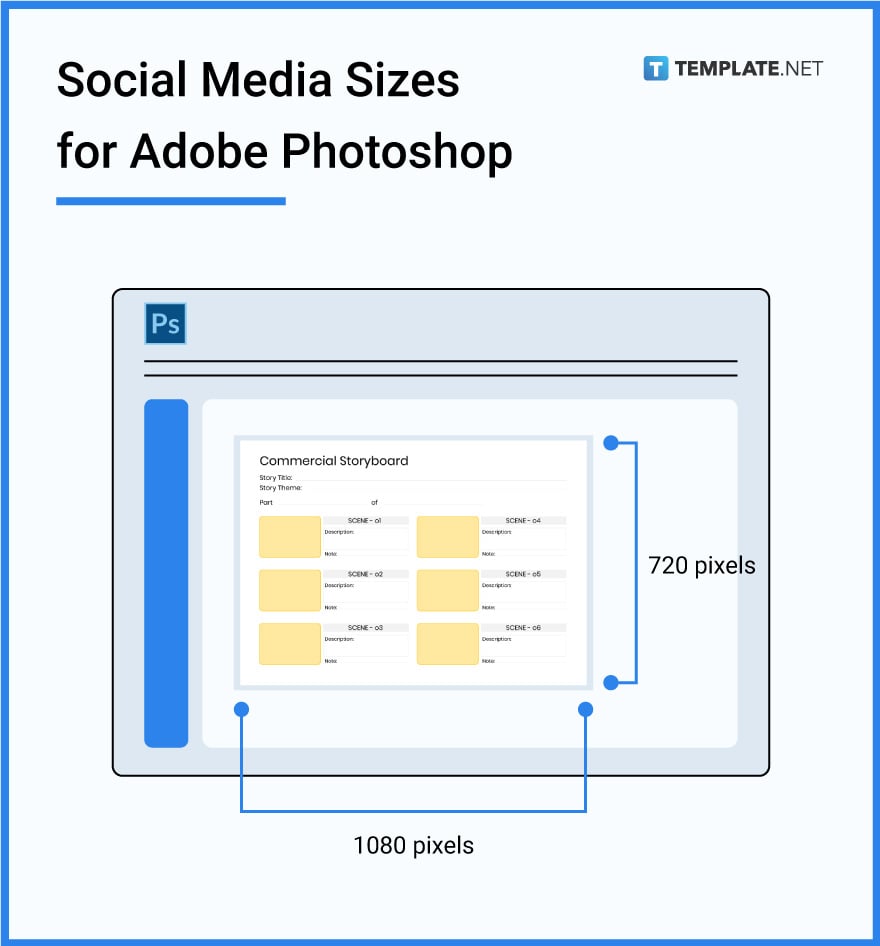
Storyboard Sizes for Adobe Illustrator
Adobe Illustrator has a maximum artboard or storyboard size. It supports artboard sizes up to 227 × 227 inches; however, if your design is greater, it will not work. When you send it to print, you can always scale it accordingly. You can view the width and height of your choices in the top bar or Transform window.

FAQs
What is the layout of the storyboard?
A storyboard layout comprises boxes in a set or row of panels and their designated notes either at the side or bottom.
How long are storyboards usually?
In a 60-second storyboard, you may anticipate seeing at least 15 to 20 sequences.
What is the best aspect ratio for a storyboard?
Each box is typically 4″ width x 3″ high for television, with three panels on an 8 1/2″ x 11″ sheet.
How to measure the size of a storyboard?
Measuring the size of a storyboard will be much easier if you utilize a software program or one of the available templates provided.
How to size images for storyboard using Word?
You can use the handlebar in the bottom right-hand corner to resize the image to fit in the table cell.
What is the storyboard size in Photoshop?
For storyboards in Photoshop, the most frequent resolution is 1080 × 720, with the desired aspect ratio of 16:9.
What are the dimensions of a storyboard?
A storyboard size should be between 18″ and 24″ (in one direction) and 24″ and 30″ (in the other) (in the other direction). The suggested size is 18″ × 24″.
How to adjust the storyboard width?
Depending on the software program you are using, you will need to locate the sizing in the edit options.
How to deal with scroll view content size with a storyboard?
Users of the scroll view content must know the scrollable content width and height, as well as the frames X and Y, such as where the scroll view should be placed and what size.
What is the perfect resolution for a storyboard?
There is no definite answer, but if you want to preserve your aspect ratio and specify a specified resolution, altering the screen width will modify the screen height to keep it the same.






